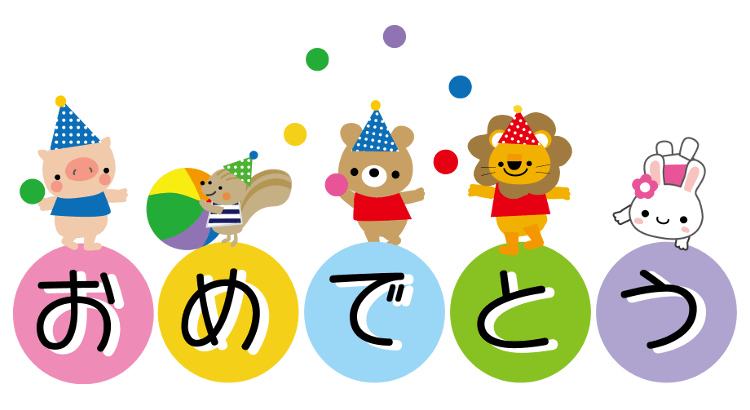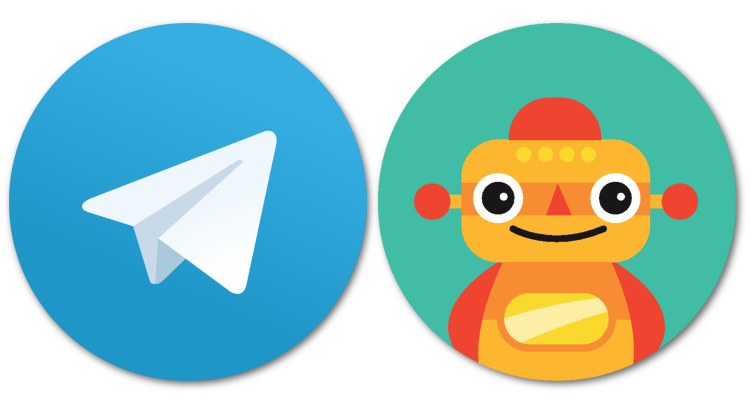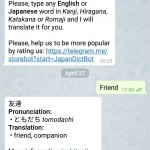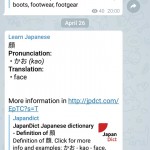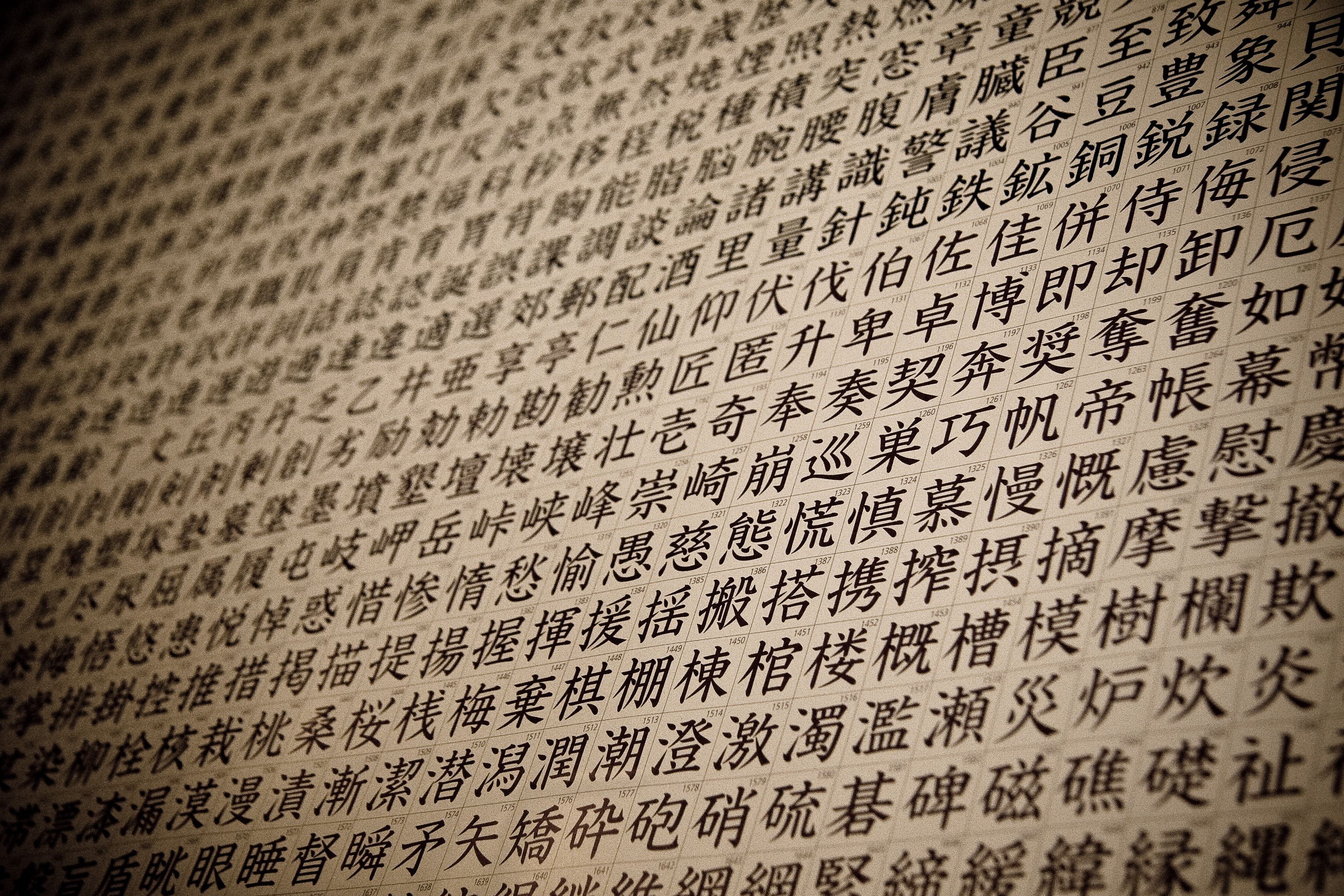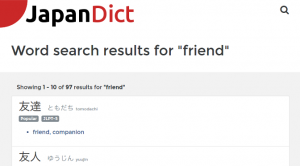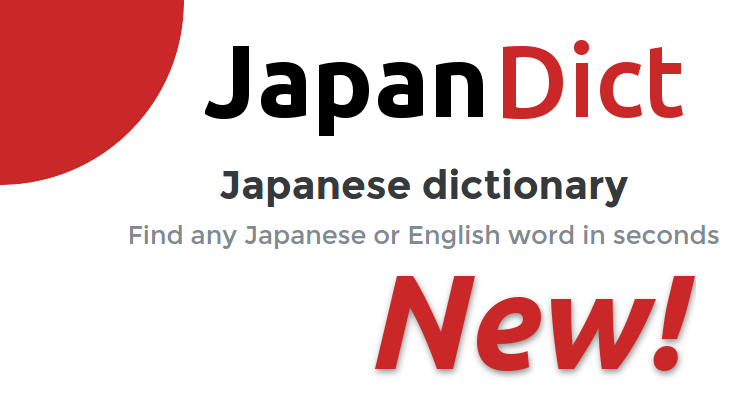Today is a very special day. Six years ago we launched for the first time the JapanDict Japanese dictionary. Happy birthday JapanDict! Since our first launch, a lot of things have changed. We’ve redesigned the dictionary a couple of times, adding more and more useful features over the time but keeping the simple, fast and easy to use interface that made us popular.
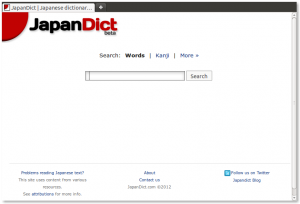
To celebrate our birthday, we are adding more features to JapanDict. The most important one is something we wanted to have in the JapanDict Japanese dictionary for so long: the multi radical kanji search.
Multi radical kanji search
Imagine you see a kanji character on a newspaper, tv or any other place where you can’t just “copy-paste” it into the dictionary. What could you do? Now, with a little bit of analysis it’s possible to look for a specific kanji in JapanDict without knowing how to write it in your computer.
Using the multi radical kanji search is now possible to find any kanji by selecting the radicals (or components) forming it. With a little bit of practice it’s very easy to use it.
Other improvements
Although the multi radical kanji search is the biggest improvement, we’ve also worked on other important features and fixes to the dictionary. Some of them are:
- New tabbed interface to select between different kind of searches
- Improved quick search feature with word search and kanji search
- Improved kanji search
- Some design changes and improvements
- Some bugs fixed
Go to JapanDict.com to see all the improvements and let us know what you think!
![]()
![]()
![]()
